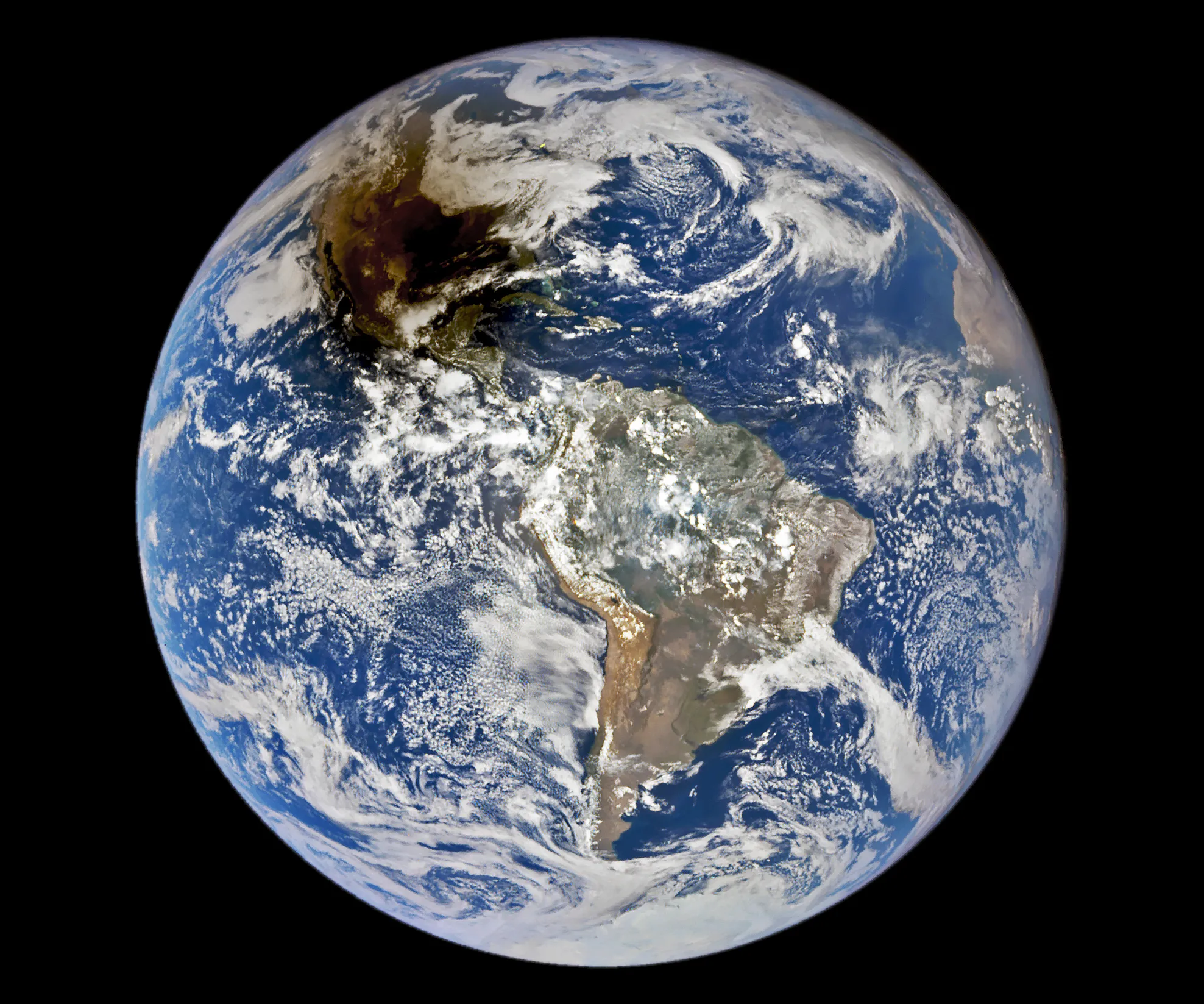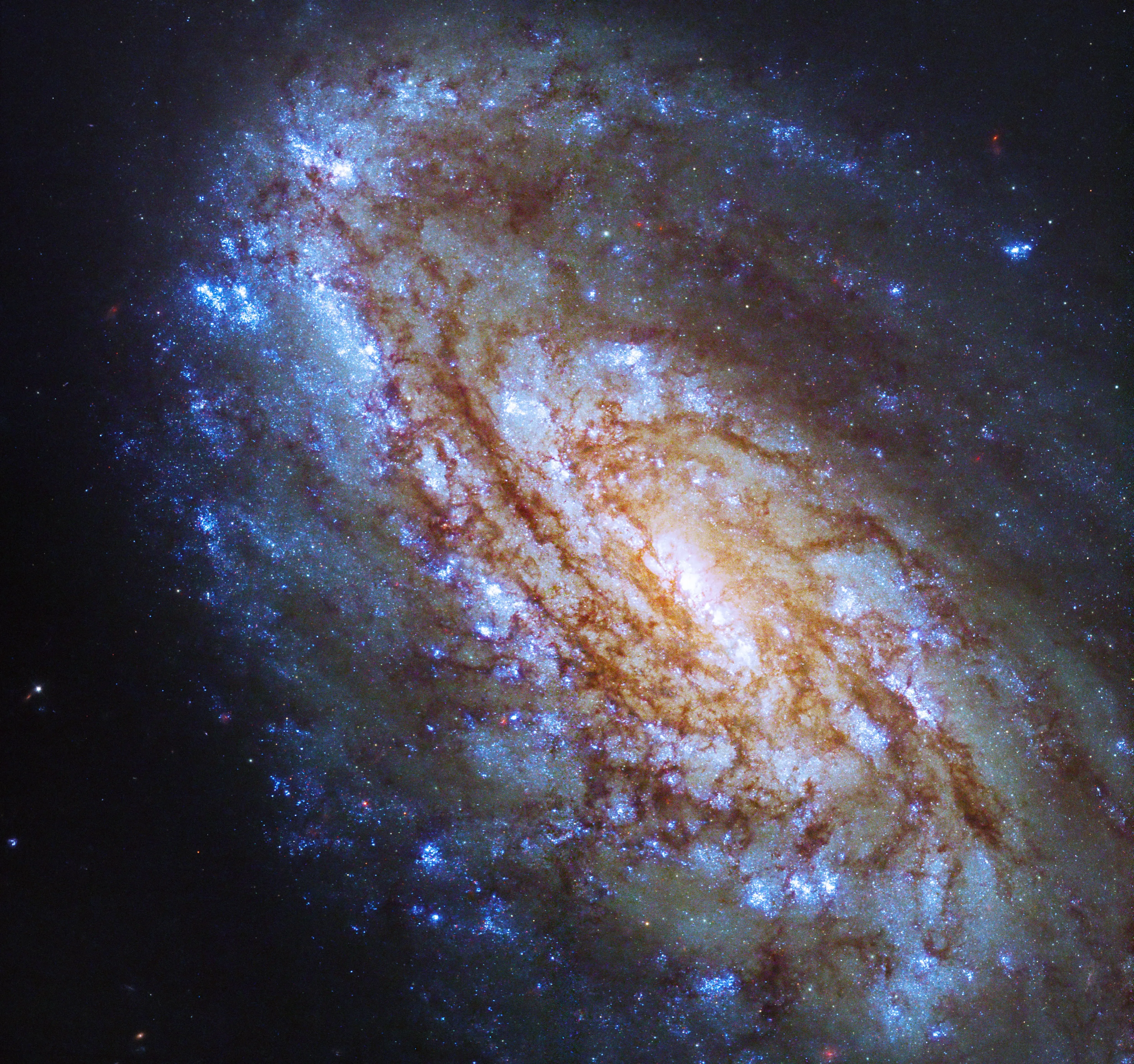Researchers at Arizona State University in Tempe are evaluating a small, lightweight, efficient 3D imaging sensor designed for weather forecasting on consecutive balloon flights made possible by NASA’s Flight Opportunities program. Called CubeSounder, the innovation could benefit future balloon flights and CubeSats by enabling state-of-the-art atmospheric sounding capabilities – a process in which sensors probe the sky vertically for details on temperature, moisture, and water vapor, revealing subtle changes in the Earth’s atmosphere.
The first of two NASA-supported flight tests for the technology took place in April in Tucson on a Stratollite high-altitude balloon from Tucson-based World View Enterprises.
In this image, World View’s Stratollite high-altitude balloon is inflated on the launch pad in Tucson, Arizona on April 9, 2022.
Image Credit: World View Enterprises
位于坦佩的亚利桑那州立大学的研究人员正在评估一种小型、轻巧、高效的3D成像传感器,该传感器专为连续气球飞行的天气预报设计,由NASA的飞行机会计划实现。这项名为CubeSounder的创新技术将通过实现最先进的大气探测能力,使未来的气球飞行和CubeSounder卫星受益。在这一过程中,传感器垂直探测天空,获取温度、湿度和水蒸气的细节,揭示地球大气的细微变化。
NASA支持的两项技术飞行测试中的第一项于4月在图森的World View Enterprises的Stratollite高空气球上进行。
在这张图片中,World View的Stratollite高空气球于2022年4月9日在亚利桑那州图森的发射台上充气。
图片来源:World View Enterprises



